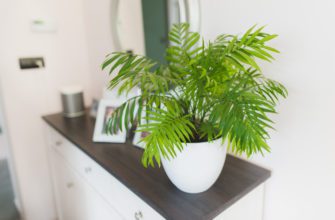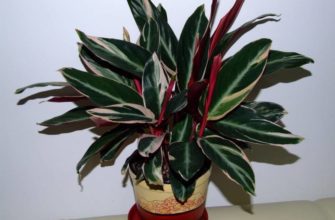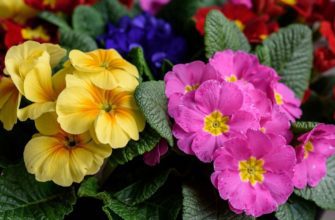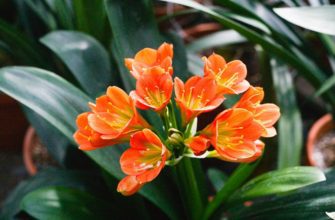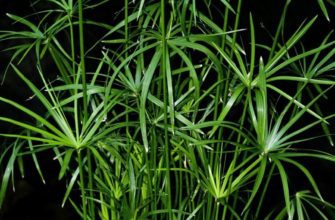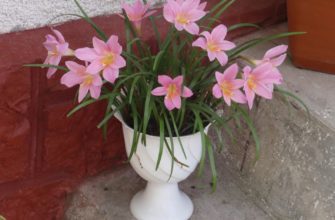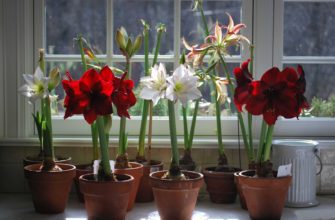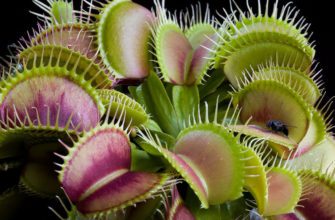Ficus elastica is a beautiful indoor plant that is widely popular among gardeners. With its elegant and glossy dark green foliage, Ficus elastica becomes a magnificent interior decoration and brings a special atmosphere to our home or office.
In this article, we will look at various aspects of Ficus elastica, including its description, species and varieties, signs and superstitions, home care and the important question of toxicity.
Our journey into the world of Ficus elastica will help you understand its appeal, learn more about the different species and varieties, and get useful care tips. Let's dive into this fascinating world of Ficus elastica and uncover all its secrets and potentials.
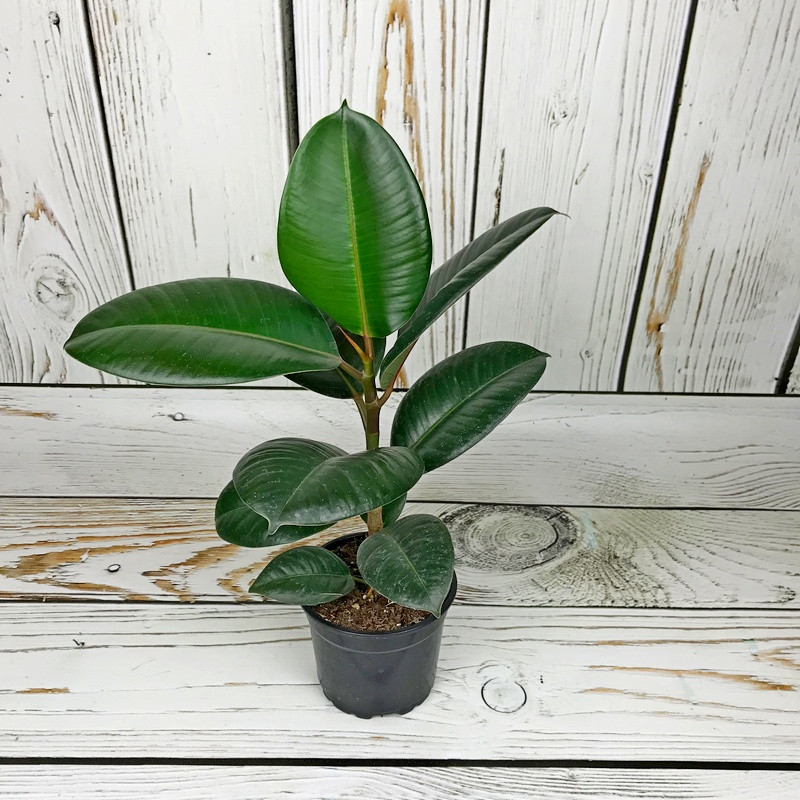
General description of Ficus elastica
Ficus elastica, or rubber tree, is one of the most popular and recognizable plant species that has a charming appearance. It is an evergreen tree that can grow up to 30 meters in height in its natural habitat, but in home conditions at home, vegetative growth stops at 2 meters.
The leaves of the Ficus elastica are shiny, wide, glossy and dense. They are bright green and can reach a length of 20-30 cm. The leaves of the tree can also be colored yellow, red or pink, which gives the plant a unique look.
Ficus elastica is an unpretentious plant and is grown both indoors and in gardens. In order for the plant to grow well, it is necessary to provide it with enough light and high air humidity.
This plant can be grown both in pots and as a hedge or ornamental tree. Ficus elastica can be used for interior decoration as a central element of a room, office or cottage.
Despite the fact that ficus elastica is unpretentious in care, the plant needs to be provided with regular watering on warm days. It also likes high air humidity and regular wiping of leaves.
Ficus elastica is considered a symbol of good luck and prosperity in many cultures and can be a wonderful gift for loved ones or colleagues as a decorative element in the home or at work.
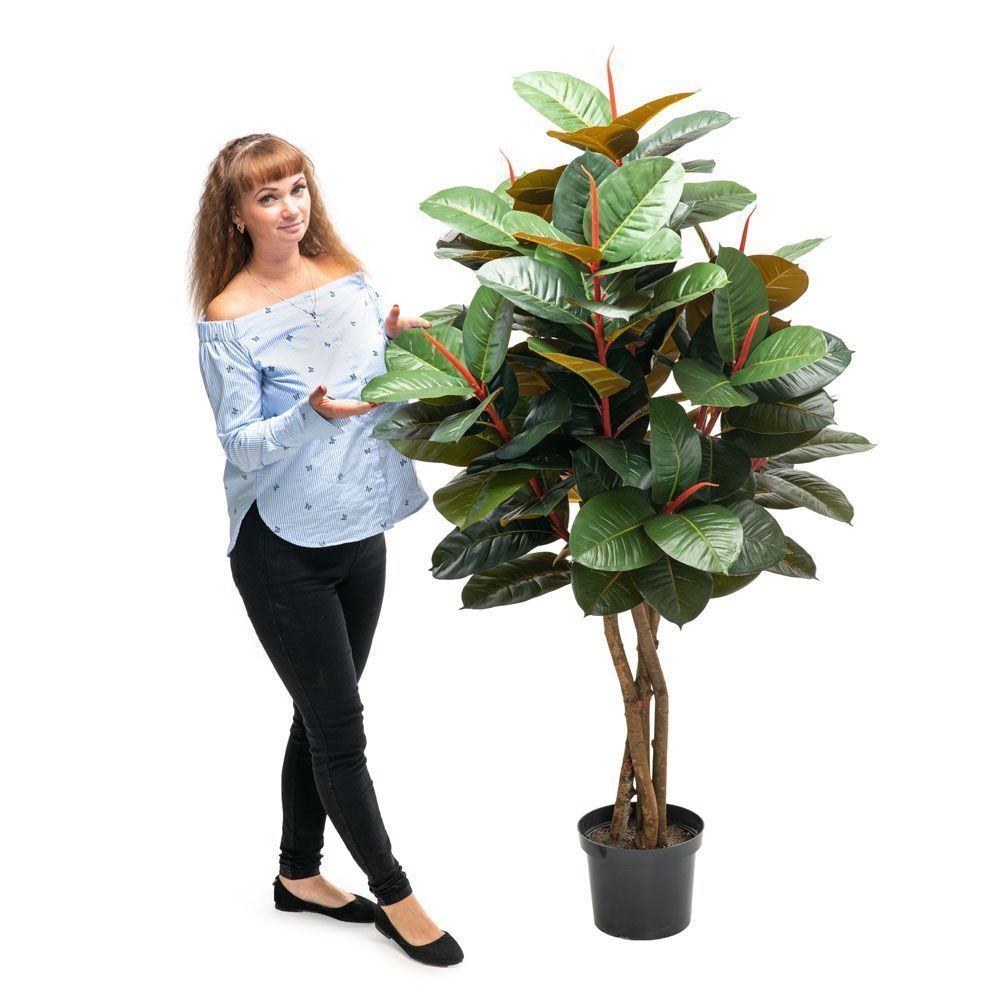
Types and varieties of Ficus elastica
Ficus elastica is a group of beautiful evergreen plants, there are many different species and varieties of this genus. Let's look at the most popular ones:
- Ficus elasticaRobusta»: This is the most common type and variety of ficus. It has large green leaves with pronounced veins.
- Ficus elasticaTineke»: This variety has beautiful creamy white stripes on green leaves. The appeal of this plant lies in its unique appearance.
- Ficus elasticaBurgundy»: This type of ficus has a red or burgundy hue on the leaves, which makes it very attractive. It is considered one of the most decorative and bright varieties of this plant.
- Ficus elasticaRuby»: This variety has bright red leaves that are even more attractive when fully opened. Without a doubt, this is the brightest and most expressive variety.
- Ficus elasticaGolden»: This type of ficus has a creamy center on green leaves. This plant is attractive for its brightness and ease of care.
- Ficus elasticaMelany»: This species has dark green leaves with pronounced veins and a beautiful straight trunk. It is an ornamental plant, perfect for home or office interiors.
- Ficus elasticaDanielle»: This is one of the rarest species of ficus, which has beautiful green leaves with a silvery sheen and creamy stripes.
Thus, there are many varieties and types of Ficus elastica. Each of them has its own characteristics and unique appearance. By choosing between them, you can create a unique interior and improve the appearance of your home or office, as well as improve your mood and emotional state.
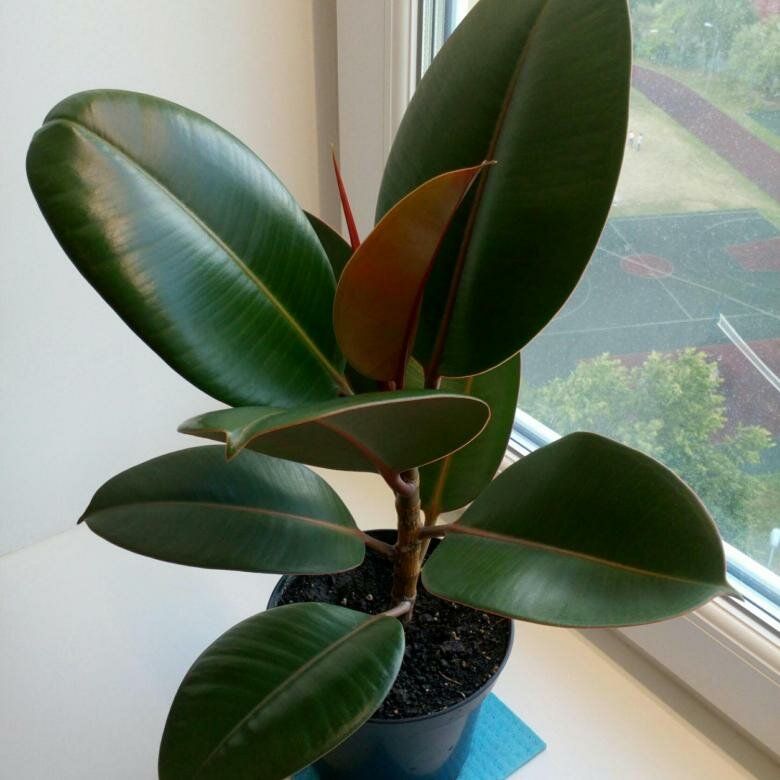
Caring for Ficus elastica at home
Ficus elastica is a beautiful and popular home plant. It has its own care features that must be taken into account to maintain its health and beauty.
Basic recommendations for caring for Ficus elastica at home:
- Lighting: The plant loves bright but diffused light. Do not place it in direct sunlight, as this may cause the leaves to fade and turn yellow. It is best to place the plant on windows facing east or west.
- Temperature: The plant prefers a temperature comfortable for humans, the optimal regime is from 18 to 25 degrees Celsius. It is important not to expose the plant to temperature changes and frequent movements.
- Watering: Ficus elastica does not like drying out, so it needs to be watered regularly and generously with clean running water. At the same time, make sure that there is no accumulation of water in the pot, which can lead to root rot. Leave the plant in the tray until the water is completely absorbed.
- Lure: Ficus grows slowly, but this does not mean that it does not need feeding. It is recommended to fertilize it with mineral and organic fertilizers once a month during the entire growth period.
- Transfer: Repot the Ficus elastica no more than once every one or two years. Use soils with good drainage and additives specially designed for flowers.
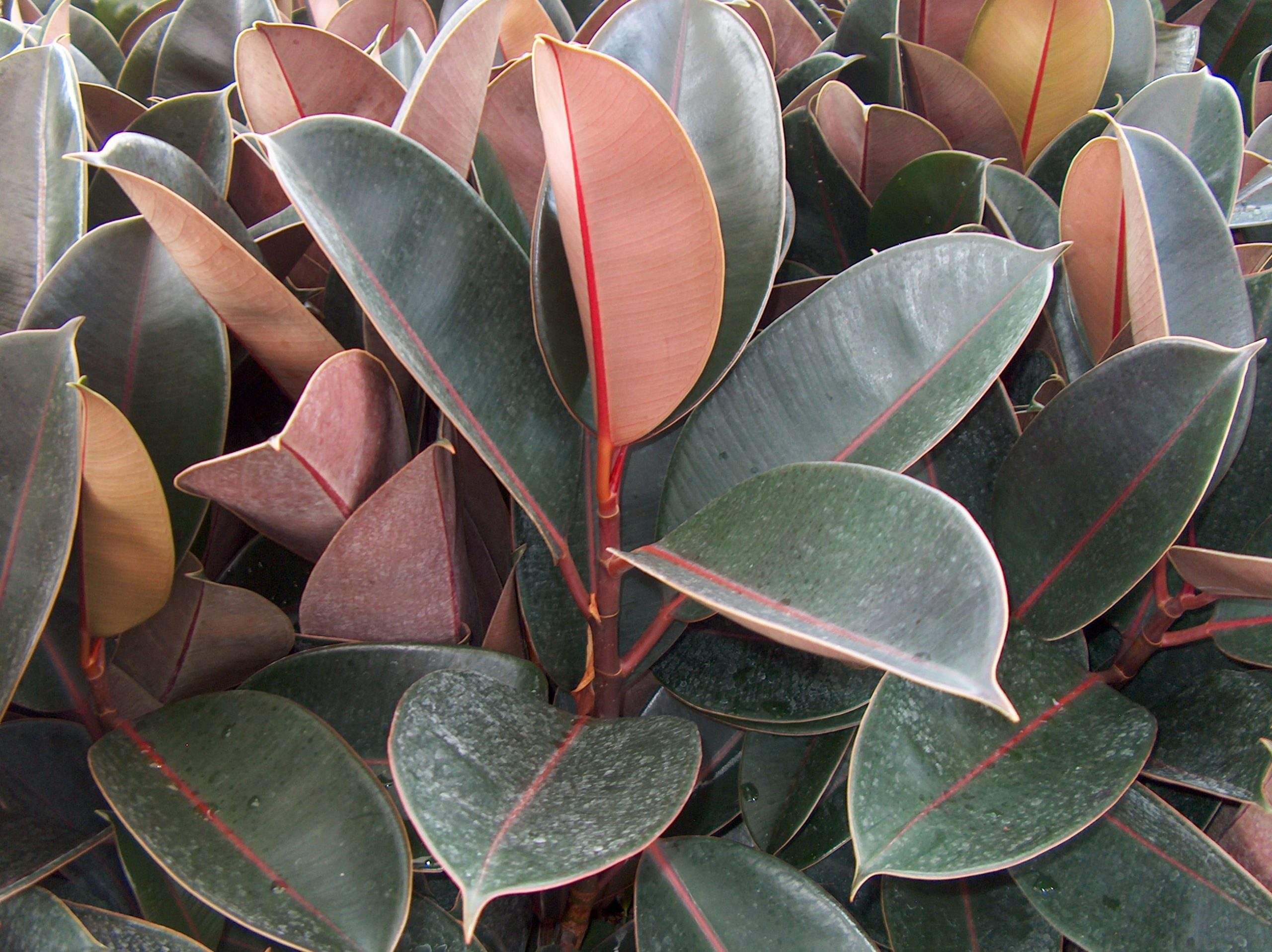
Reproduction of Ficus elastica
Ficus elastica can be successfully propagated in several ways, including cuttings, division, and apical cuttings.
Reproduction of Ficus elastica is a fascinating process that allows you to obtain new specimens of the plant while preserving its main characteristics. Here is a detailed description of each of these reproduction methods:
- Cuttings: Cutting is one of the most common and successful methods of propagating Ficus elastica. To do this, you will need a mature and healthy branch of the plant. Choose an upper cutting about 10-15 cm long that has several leaves. Cut the cutting at an angle and remove the lower leaves, leaving only the top 2-3 leaves. Place the cutting in a glass or pot with water or a mixture of water and rooting powder. Make sure that the lower leaves do not touch the water. Place the container with the cutting in bright but indirect light and keep the soil or water constantly moist. After a few weeks, the cutting will have roots and will be ready for transplanting into the ground.
- Dividing the bush: Division is an effective way to propagate Ficus elastica, especially if you have a mature and well-developed plant. Carefully remove the plant from its pot and inspect its roots. Divide the plant into several parts, so that each part has a good portion of roots and leaves. Place each part in a separate pot with suitable soil, provide good drainage and compact the soil around the roots. Place the pots in bright but indirect light and maintain an optimal watering regime to help the roots take root and the new plants begin to grow.
- Apical cuttings: Apical cuttings are another method of propagating Ficus elastica, which allows you to preserve the genetic characteristics and shape of the plant. Choose a healthy top cutting with several leaves. Cut it at an angle and remove the lower leaves, leaving only the top 2-3 leaves. Prepare a substrate consisting of sand and peat soil and plant the cutting in a pot with this substrate. Make sure that the soil around the cutting is well moistened and maintain an optimal watering regime. Place the pot with the cutting in bright and diffused light, preventing direct sunlight. In a few weeks, the cutting should begin to show new growth and rooting.
It is important to remember that when propagating Ficus elastica, it is necessary to provide optimal conditions for successful rooting and growth of new plants.
Make sure the containers have good drainage, water the plants regularly, provide bright but diffused light, and provide an optimal temperature regime. Following these recommendations, you will be able to successfully propagate Ficus elastica and get new specimens of this beautiful plant.
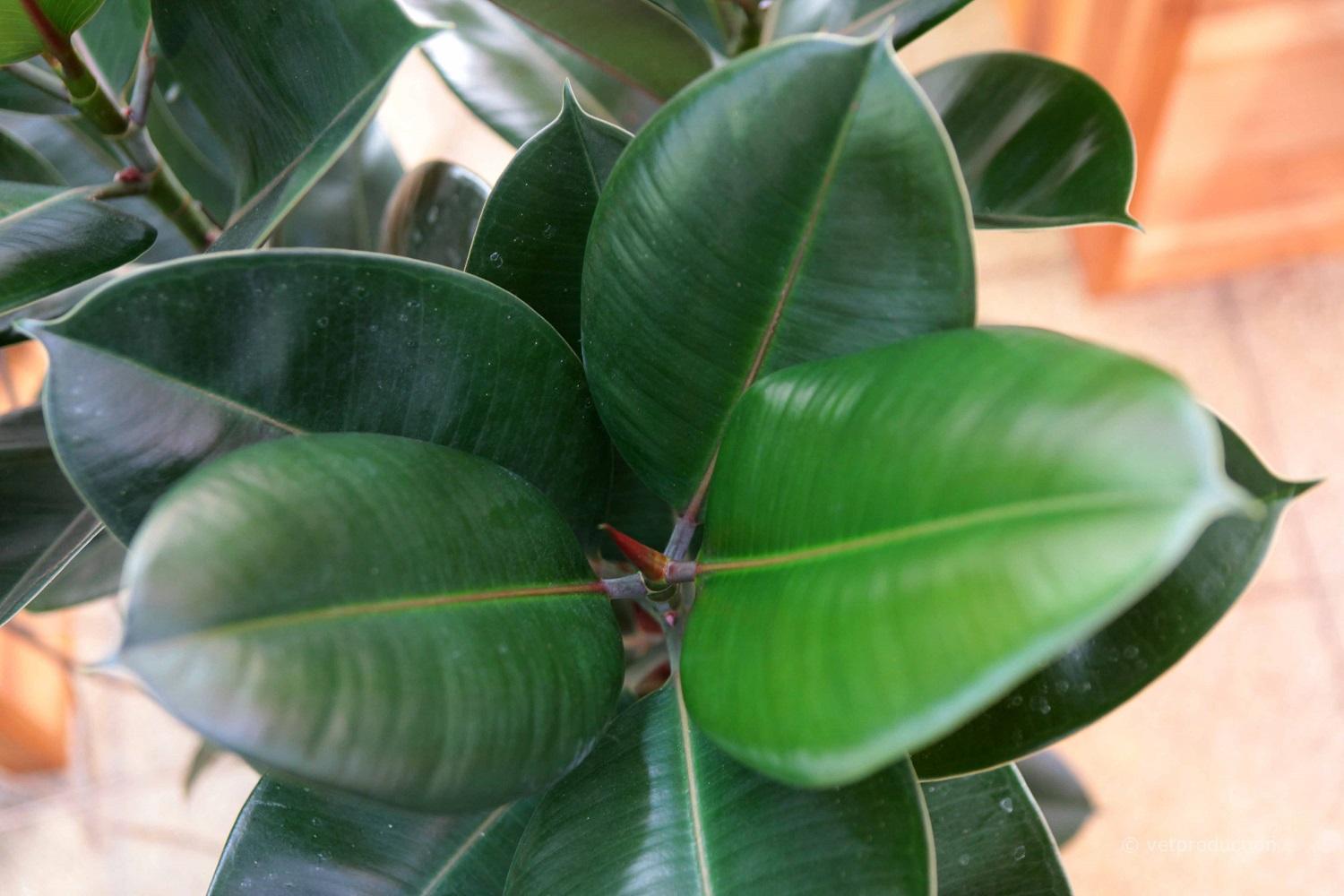
Signs and superstitions associated with ficus elastica
Ficus elastica, like many other plants, has its own signs and superstitions associated with the influence of this plant on people's lives.
- Sign of violence: There is a belief that if a domestic ficus elastica begins to grow too actively and in large quantities, this may be a sign of violence or disputes in the home. You should pay attention to your relationships with loved ones and solve possible problems.
- Sign of wealth: In some cultures, there is a belief that having a Ficus elastica plant at home attracts wealth and prosperity to the home. It is also said that the more leaves on the plant, the richer the home will be.
- Superstitions about sin: In Christianity, it is believed that the ficus elastica attracts wealth and success, but at the same time it is a symbol of sin. After all, when the first people Adam and Eve violated God's prohibition and tried the fruit from the tree of knowledge of good and evil, their shameful feeling before God led to the creation of "clothes" from ficus leaves.
- Sign of a capricious character: There is a belief that the ficus elastica can have a capricious character and not want to grow in certain places. It is also said that if the plant "sadly" lowers its leaves down, it can mean a bad mood or ill health of its owner.
- Superstitions about ghostly formations: Some people believe that Ficus elastica can attract ghosts and formations. They are sure that the dark shadows that can be reflected on the walls can be a bad sign and an uninteresting reality.
Despite the fact that all these signs and superstitions have their own history and legends, in fact they have no rational explanation and often represent only beliefs associated with mystical and esoteric traditions.
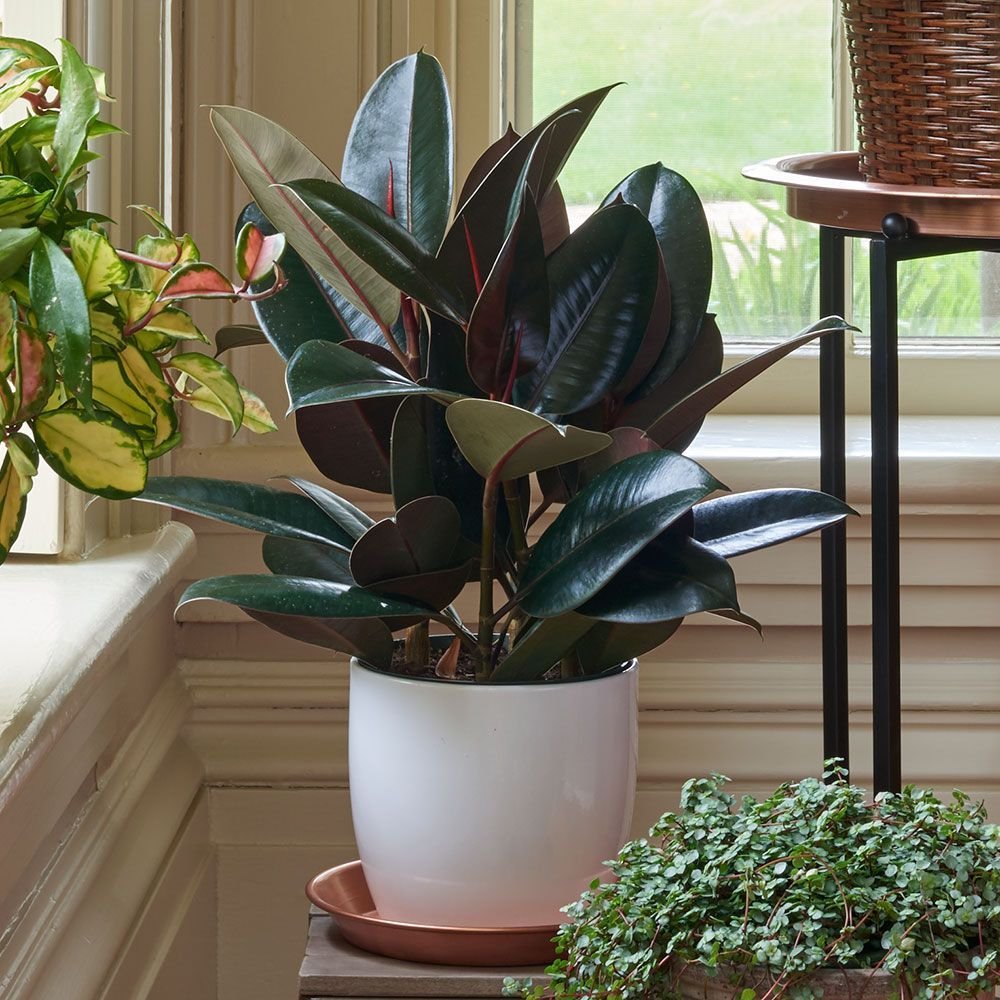
Ficus elastica Robusta
Ficus elastica Robusta is one of the types of large-leaved shrubby ficuses, the main difference of which is a bright green, shiny leaf. Also, this type of ficus is very popular among houseplants due to its unpretentiousness and easy care.
Ficus elastica Robusta has attractive, leafy leaves that can reach sizes of up to 25 cm in length and 15 cm in width. The leaves of the plant have a glossy surface and an oval shape. Each leaf has up to 13 veins, creating a spectacular texture.
This type of ficus grows in the wild in India, but due to its popularity and simplicity, it decorates homes and offices all over the planet. An adult Ficus elastica Robusta plant can reach a height of up to 30 meters, but in domestic conditions it usually grows up to 2 meters.
One of the main advantages of growing Ficus elastica Robusta at home is the ease of care for this plant. It is very tolerant of a lack of moisture and does not require frequent watering.
Ficus elastica Robusta is also known for its air purifying properties. It can remove formaldehyde, gasoline, ammonia and many other harmful substances from indoor air.
Ficus elastica Robusta is a beautiful and simple plant that can decorate any home or office. Its shiny leaves and unpretentiousness make it a popular houseplant.
It is safe for pets and is an excellent air purifier, making it a great choice for those looking to add a few green touches to their home and improve air quality.
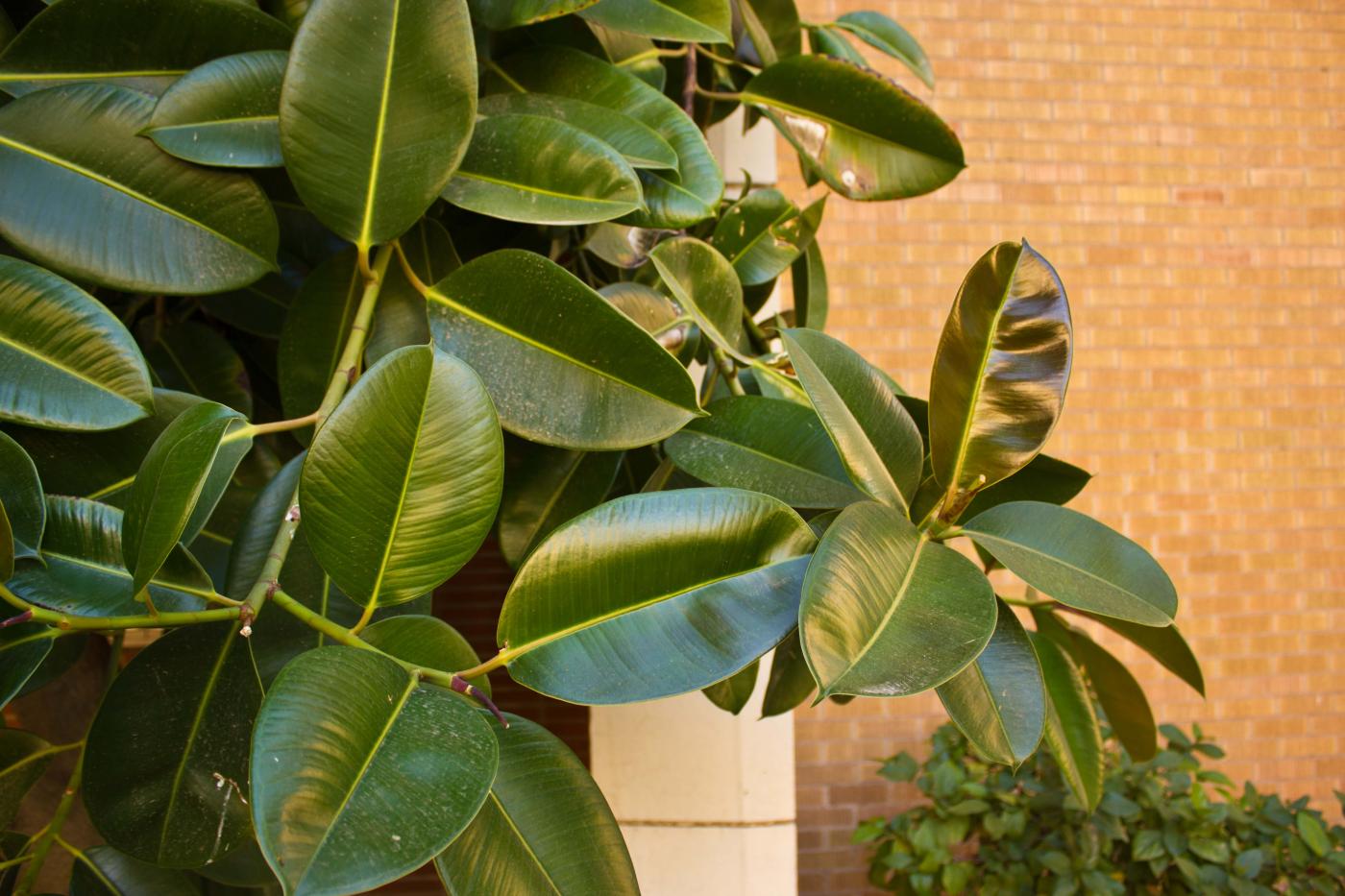
Ficus elastica toxicity
Ficus elastica, also known as the rubber tree, is a world-famous plant that is widely used as an indoor ornamental. However, Ficus elastica has a bad reputation as a poisonous plant, and many people are concerned about its health effects.
It turns out that Ficus elastica can actually be poisonous to humans or animals if its leaves or sap are ingested. Contact with ficus sap, which contains latex, can cause irritation and discomfort to the skin, mucous membranes of the eyes and mouth, and can also cause allergic reactions.
Additionally, ficus elastica may have leaves that contain higher levels of the alkaloid ficusine. This can cause nausea, vomiting, and diarrhea if introduced into the body through biting or ingesting the leaves.
It is worth noting that it would take a large amount of Ficus elastica for an adult to become seriously poisoned, and this is a rare occurrence.
However, since Ficus elastica can be poisonous, it is necessary to avoid contact with the sap and leaves of the plant. Also, if you have purchased Ficus elastica for your home, it is necessary to keep it away from children and pets to avoid possible poisoning.
The plant can indeed be poisonous to humans and animals, but if handled properly, this is a rare case. If you have purchased this plant for home decoration, you must remember the precautions and avoid contact with the sap or leaves to avoid possible poisoning.
The beauty and uniqueness of Ficus elastica
Ficus elastica is distinguished by its unique beauty and attractiveness, which makes it one of the most popular indoor plants among gardeners. Here are some of the main aspects that make Ficus elastica so special:
- Foliage: The main attraction of the Ficus elastica is its magnificent foliage. The leaves of the Ficus elastica are large, glossy and dark green. Their shape can be broadly oval, lanceolate or elliptical. This beautiful foliage creates an impressive visual effect and brings style and elegance to the interior.
- Patterns and coloring: Ficus elastica can have a variety of patterns and colors of foliage, which makes it even more attractive. Some varieties and types of Ficus elastica have marbled, striped or spotted patterns on the leaves, creating the impression of an artistic canvas. In addition to dark green coloring, there are also varieties with red, burgundy or bronze colored foliage, which add sophistication and variety to the appearance of the plant.
- Plant size and shape: Ficus elastica can grow into a fairly large plant, reaching heights of 60 cm to 2 meters or more. Its leaves can be quite dense and fluffy, creating dense foliage that gives the plant abundance and volume. This makes Ficus elastica an impressive decoration of the space and an attractive focal element in the interior.
- Accent flower: Although Ficus elastica is primarily valued for its foliage, it can also produce small but decorative flowers. Ficus elastica flowers are small and hidden within the inflorescences, but they can add subtle accents to the overall appearance of the plant. Some varieties of Ficus elastica can also produce colorful fruits, which adds to their appeal.
The beauty and uniqueness of the Ficus elastica lies in its magnificent foliage with patterns and various colors, its size and shape, and its ability to produce delicate flowers and fruits. It creates a spectacular accent and adds elegance to any interior, making it one of the most desirable and amazing indoor plants.

